Offering a glimple of his actual beliefs, Donald Trump defended those he claims were trying to peacefully protest the removal of a Confederate statue, blaming the deadly violence in Charlottesville, Va., on "both sides."
"There are two sides to the story," he said. "I thought what took place was a horrible moment for our country. But there are two sides."
Trump said removing Confederate statues ought to be decided by local authorities, or federal authorities if within their jurisdiction. But he largely seemed supportive of those who want to keep Confederate symbols in place. These are symbols of racism, say activists who note they were usually erected during the civil rights movement of the 1960s.
Trump repeatedly likened the alt-right (a term he didn't seem to like) to counterprotesters. "What about the 'alt-left' that came charging at, as you say, the alt-right? Do they have any semblance of guilt? Let me ask you this: What about the fact they came charging, charging and swinging with clubs in their hands? Do they have any problem? I think they do."
In reality, it was neo-Nazis and white supremacists who showed up carrying guns and wearing armor. On the first night, a group marched onto the University of Virginia campus carrying torches and then beat a group of peaceful protesters who refused to leave. The list of examples of aggression by racists in Charlottesville would be long, but Trump said he'd paid more careful attention than the media and saw two sides to blame.
Trump vigorously defended his widely criticized first statement, in which he blamed "many sides." Trump claimed he was merely withholding while waiting for the "facts" to come out.
For example, he claimed not to have known that David Duke was at the rally. (By the time Trump spoke, a video of Duke had already been widely shared on social media in which Duke said rally participants were there to support Trump's agenda.)
"You still don't know the facts," Trump told reporters assembled in Trump Tower for what was supposed to be an announcement about a push for an infrastructure bill.
This was Trump's third try at a statement on camera. His first failed to call out white supremacists and Nazis, apparently because he was waiting for more information. Then he got more specific Monday, still failing to say the murder of Heather Heyer was an act of domestic terrorism. She was killed when a white supremacist rammed his car into a crowd of counterprotesters.
Trump still demurred when asked whether the attack is terrorism.
"The driver of the car is a disgrace to himself, his family, and this country," he said when asked whether he was a terrorist. "You can call it terrorism, you can call it murder." Trump said he'd use whichever legal term is "the fastest one to come up with a good verdict."
The most mystifying exchanges of the news conference, though, came as Trump defended some group of people who he said weren't neo-Nazis or white supremacists but who didn't want the statue of Robert E. Lee removed in Charlottesville.
"This week, it is Robert E. Lee. I noticed that Stonewall Jackson is coming down. I wonder is it George Washington next?" said Trump. "You really do have to ask yourself, where does it stop?"








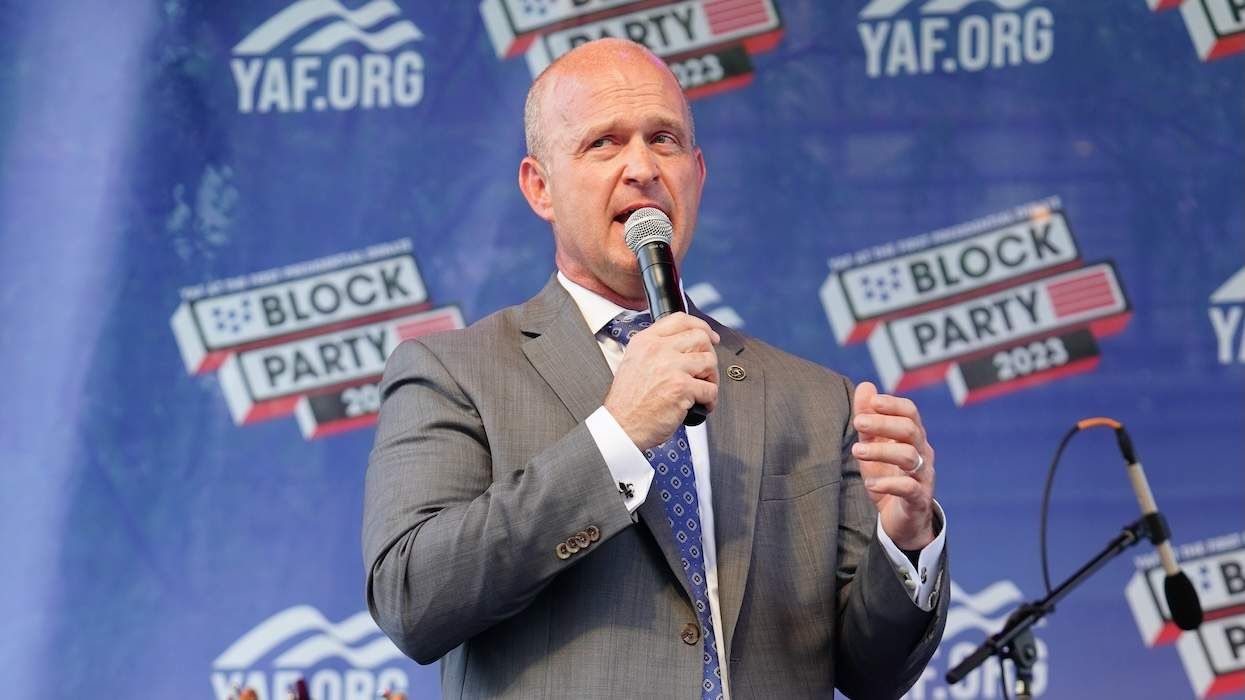

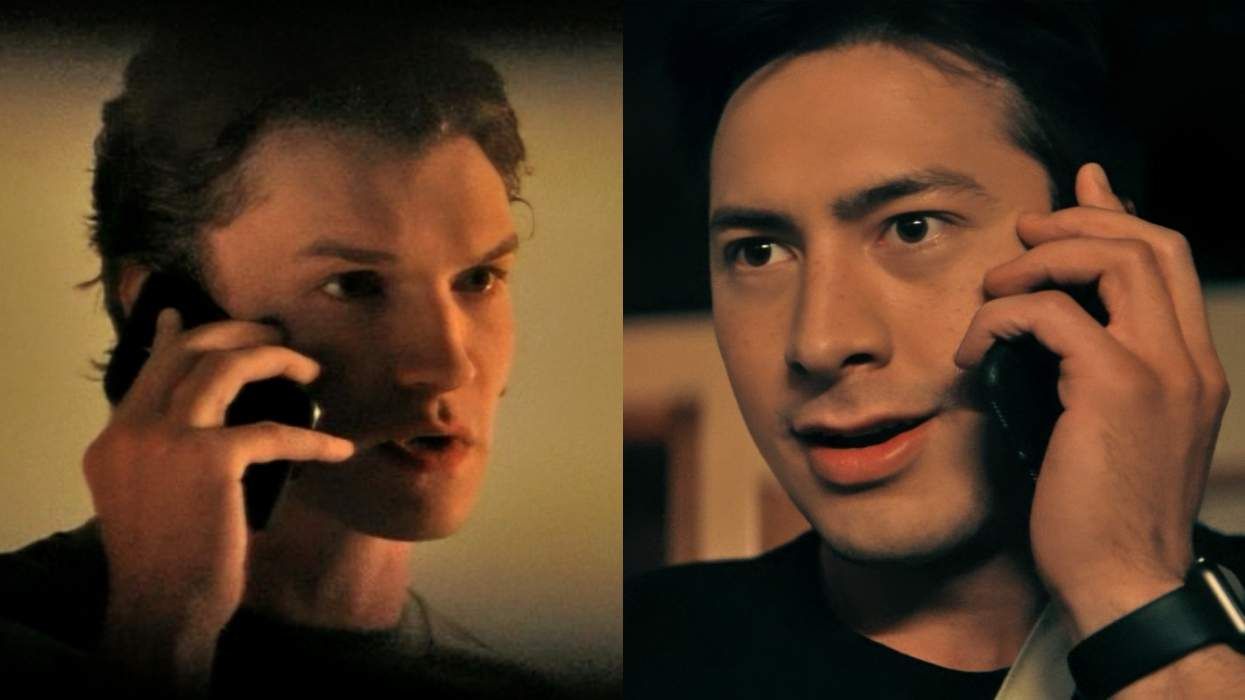

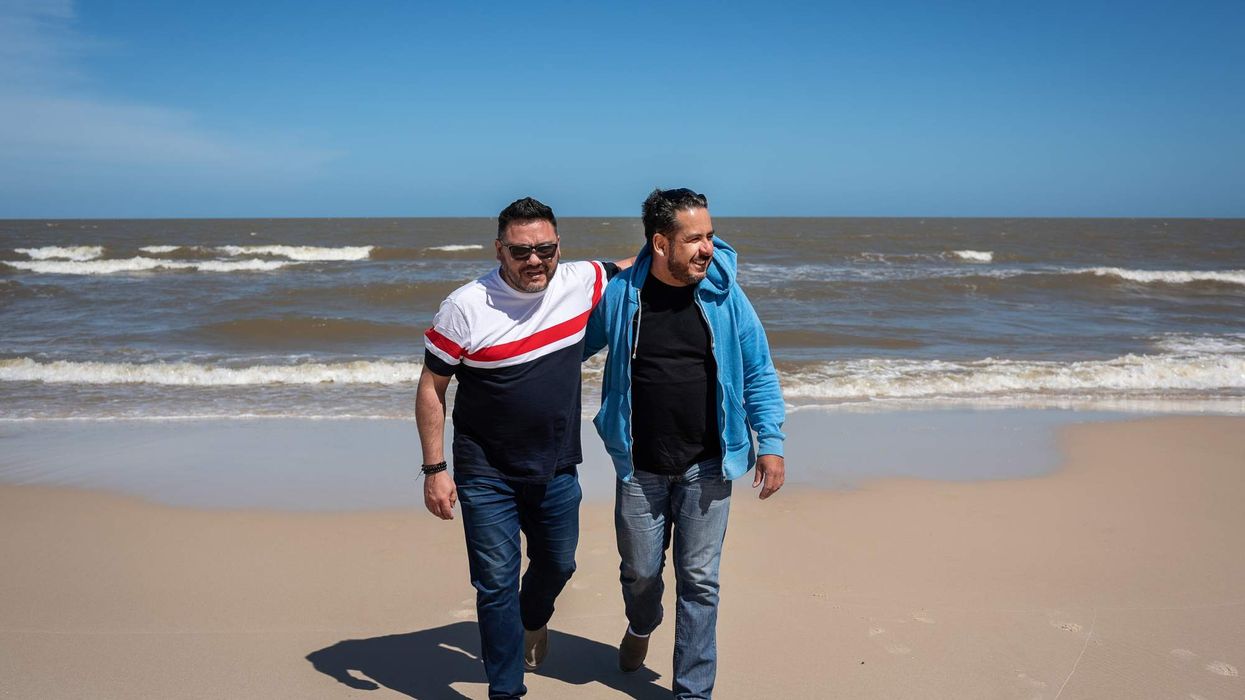
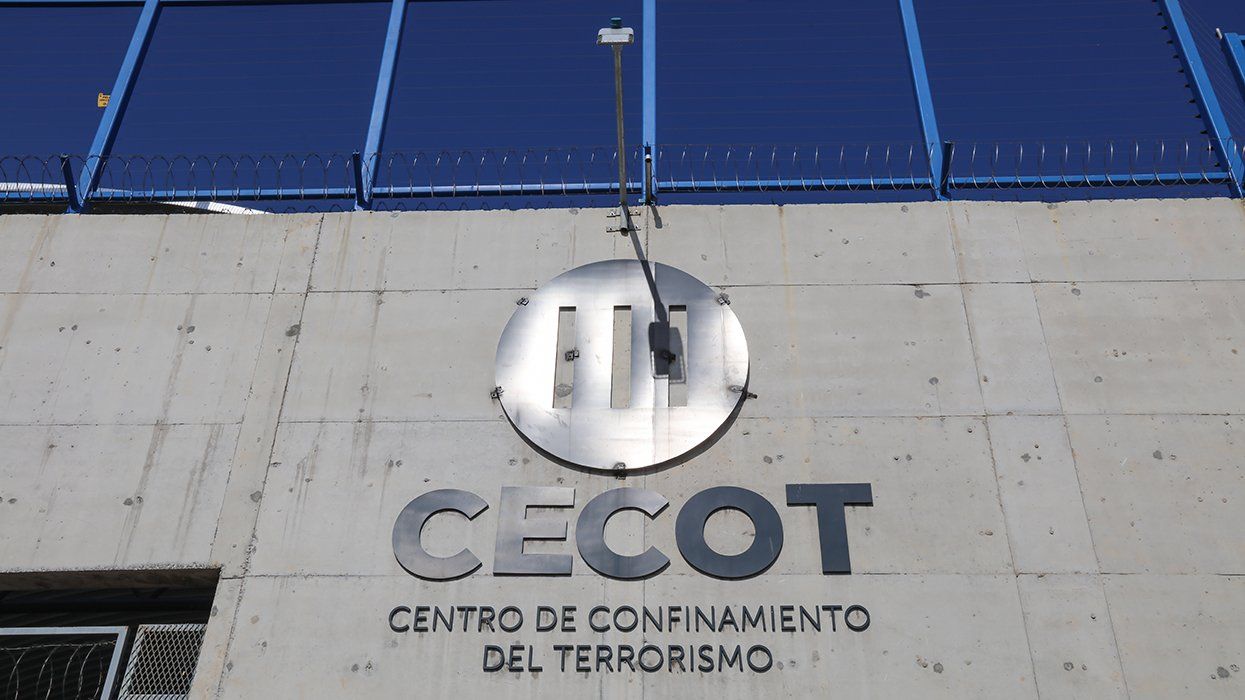
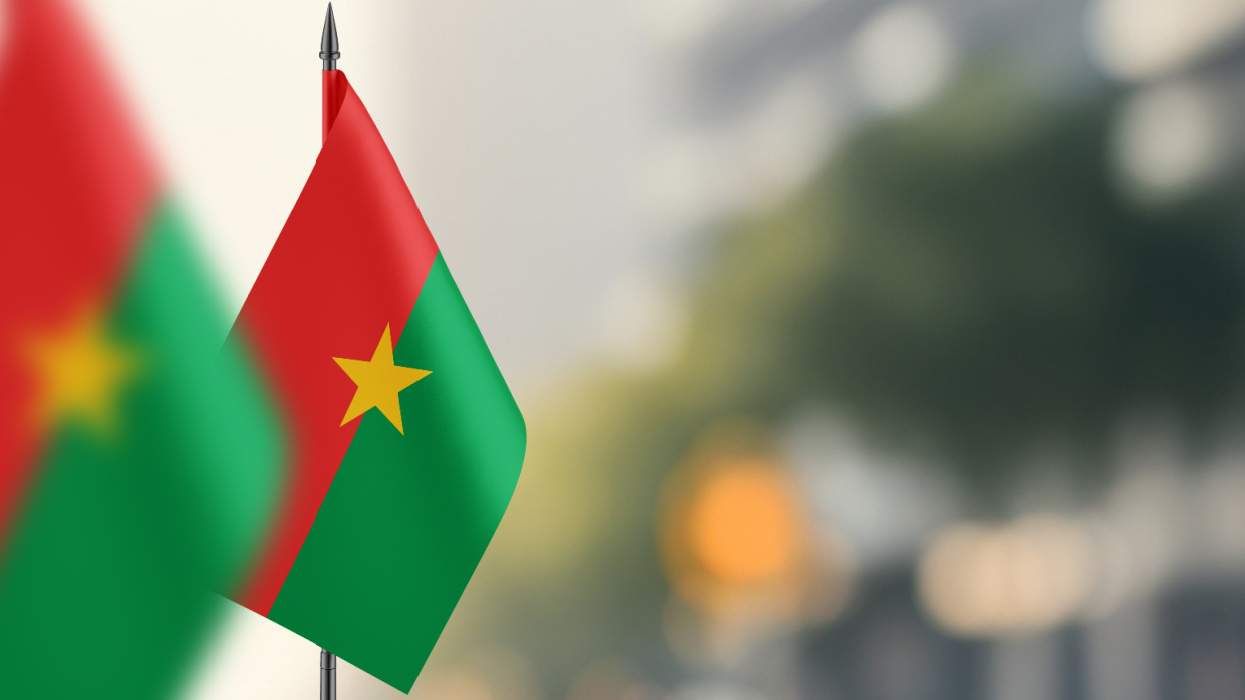
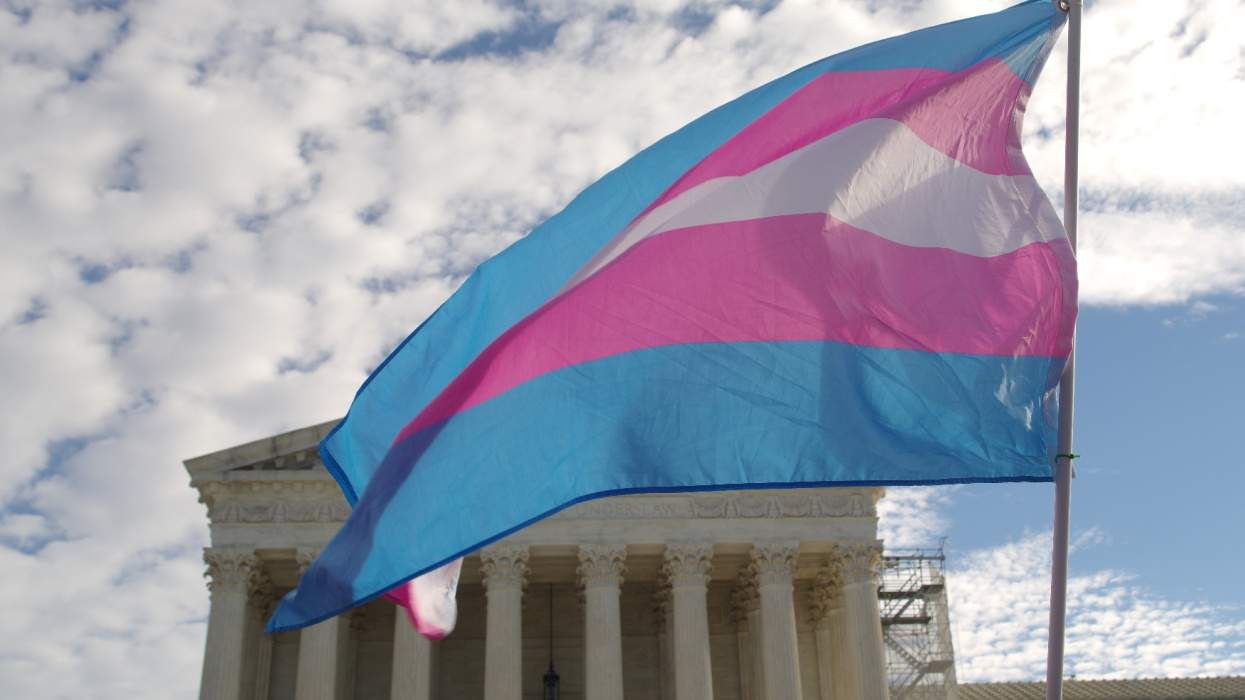
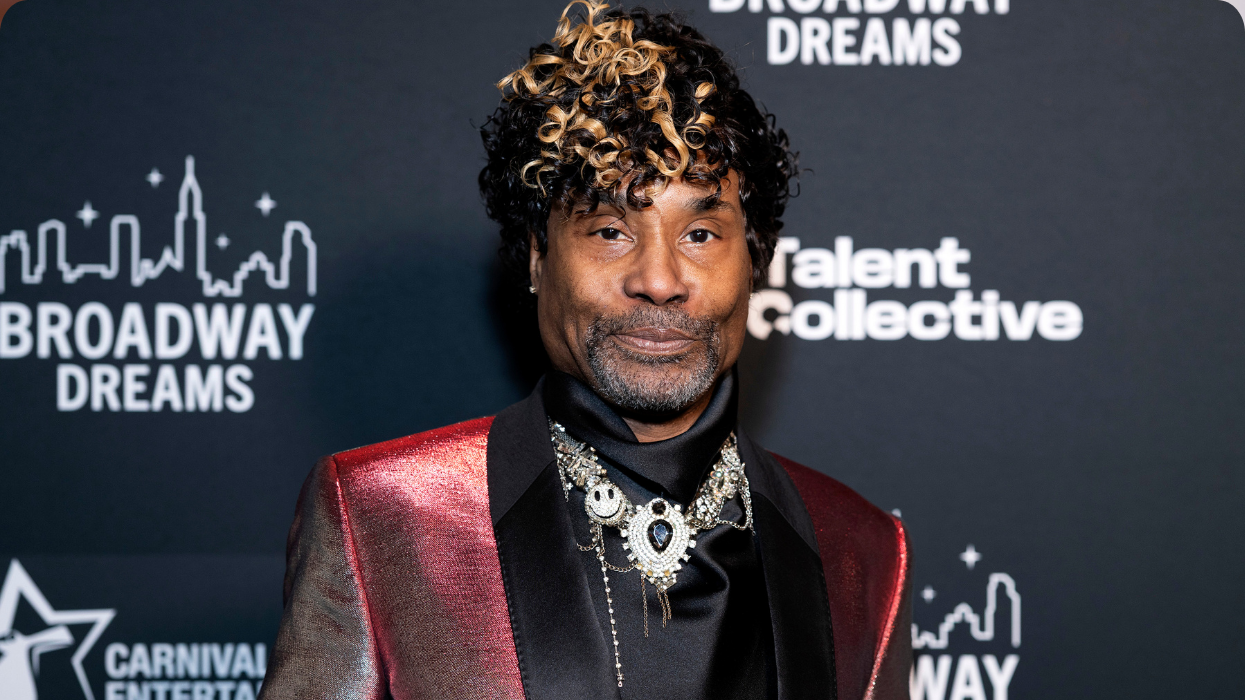
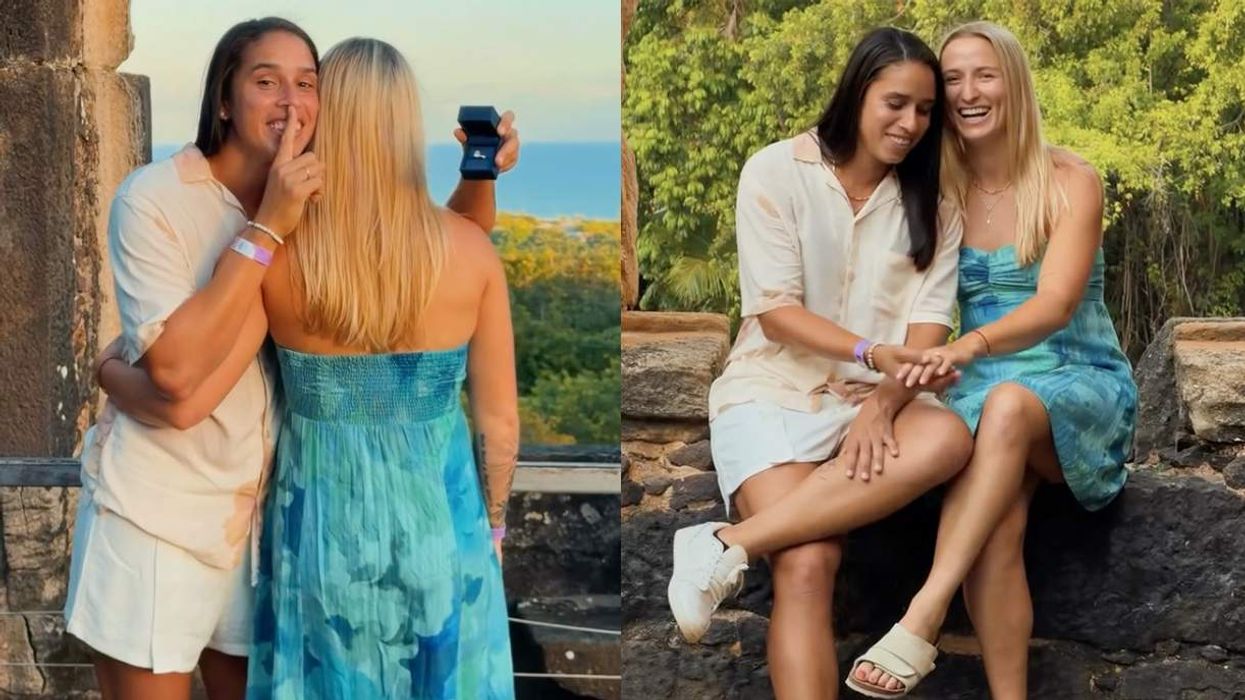

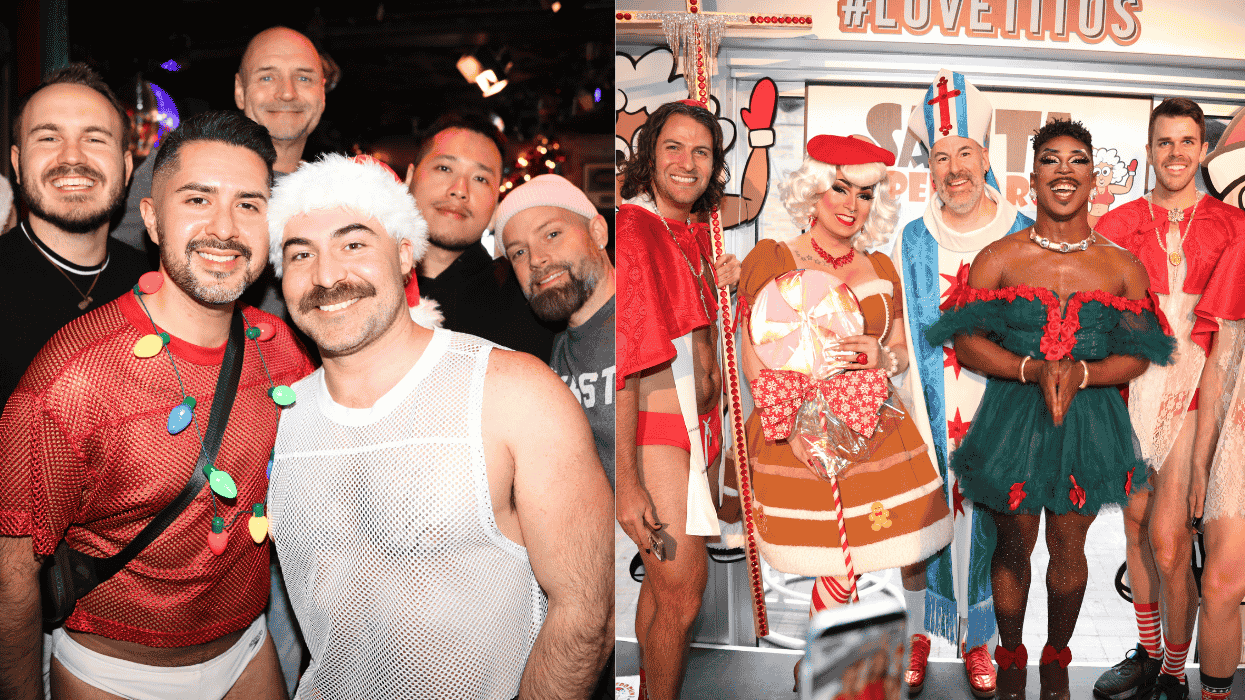
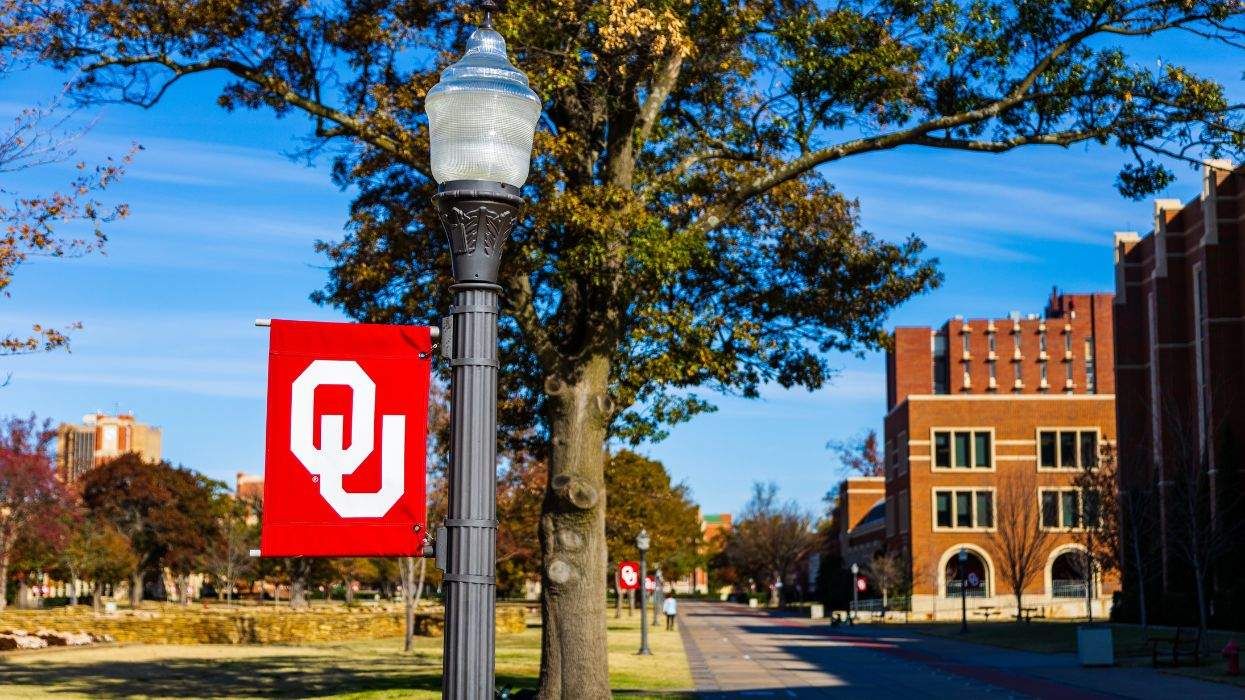
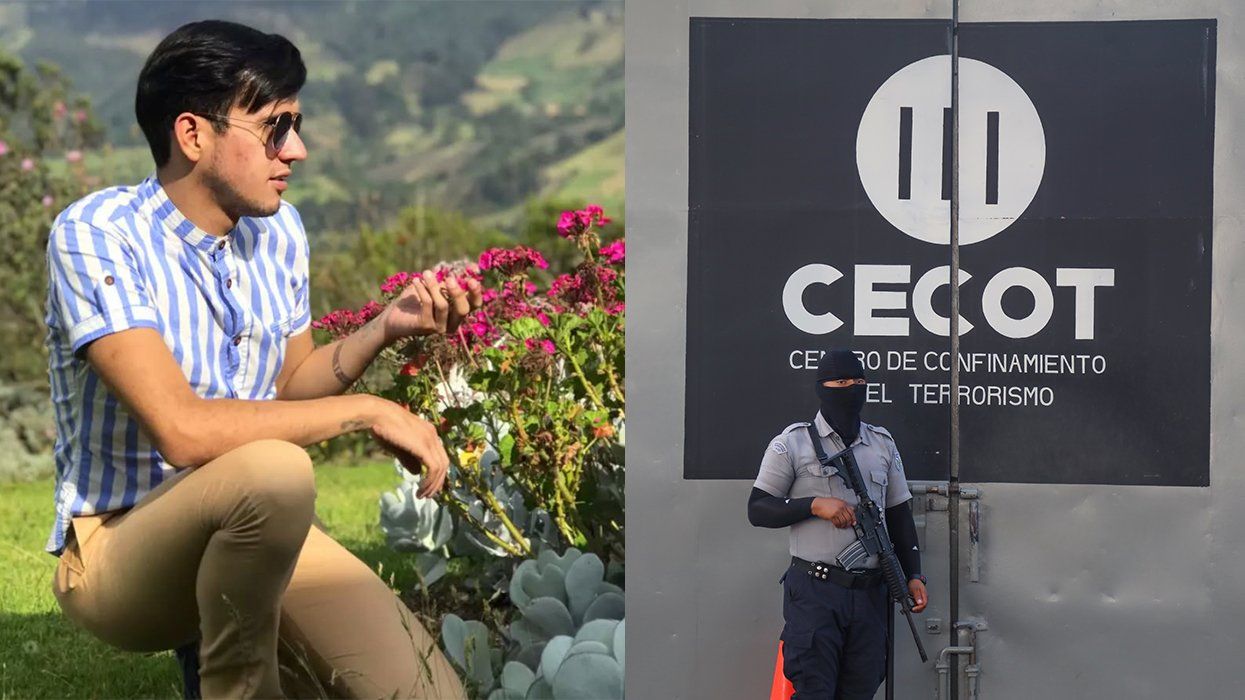


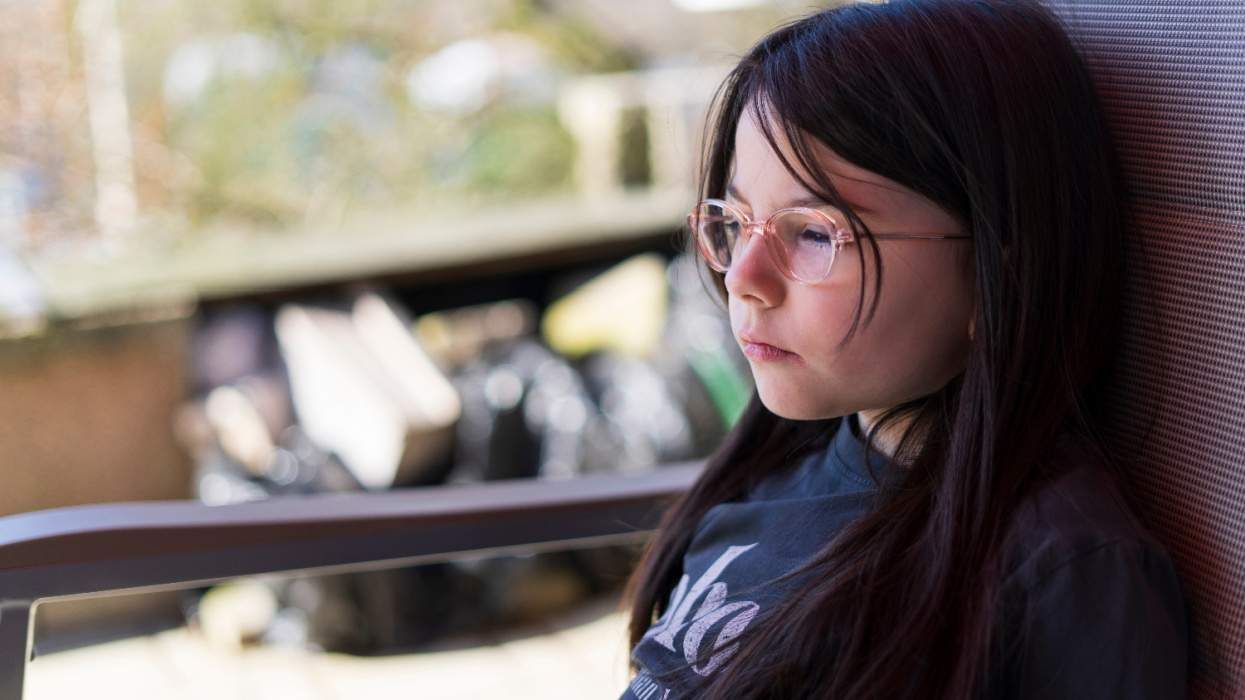
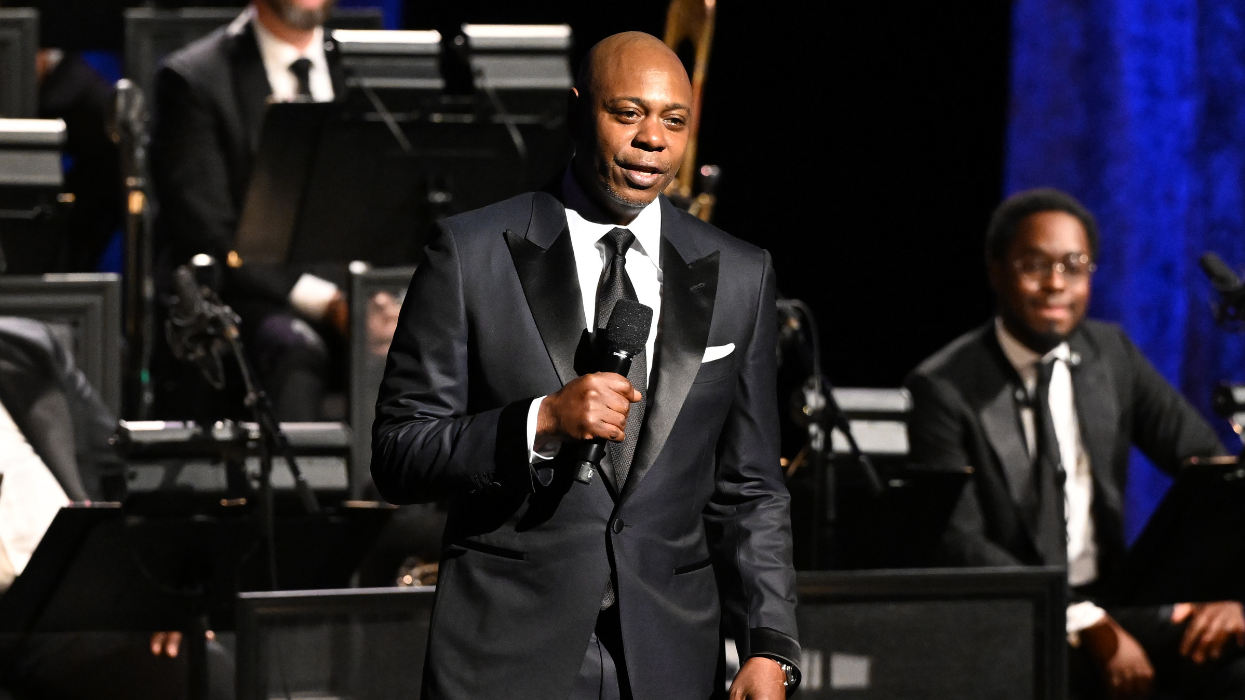
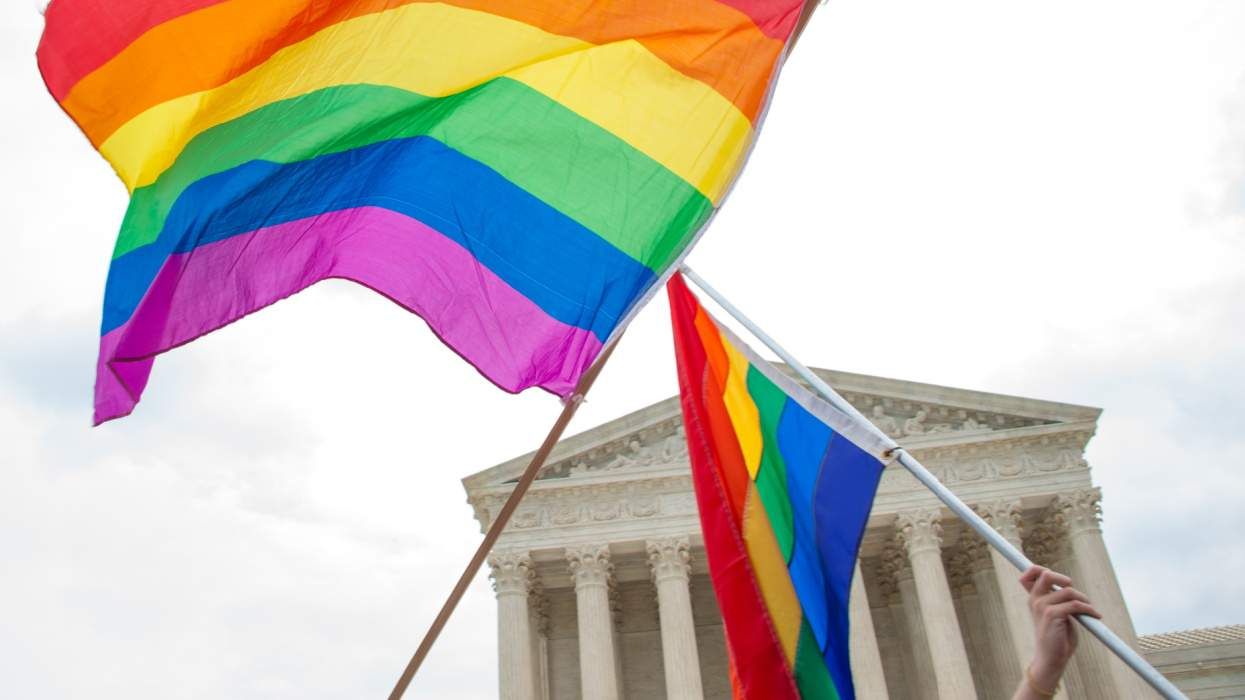
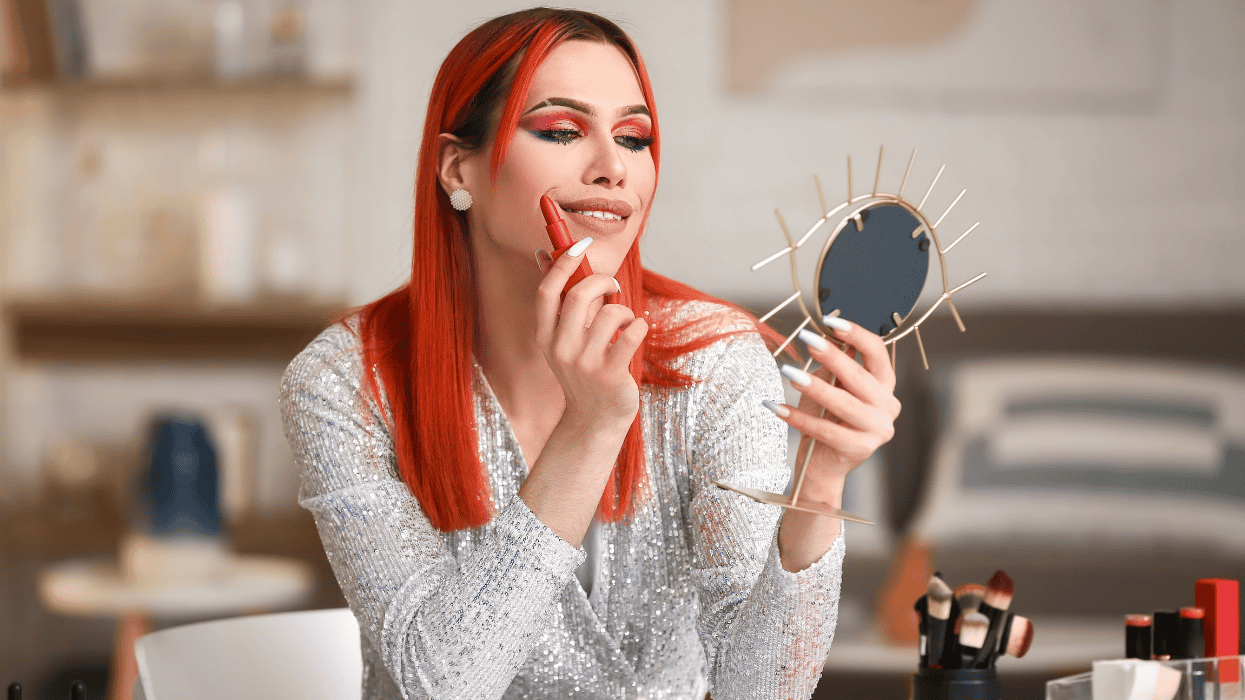
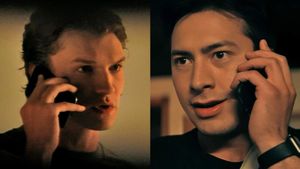

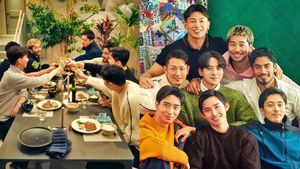

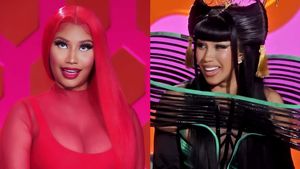


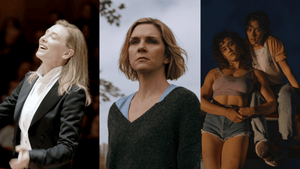
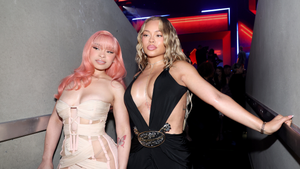



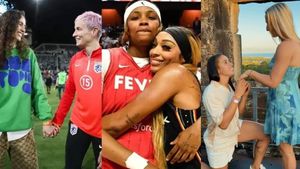

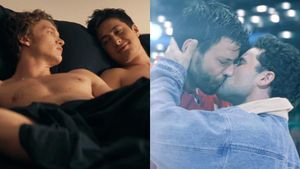
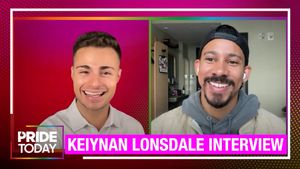






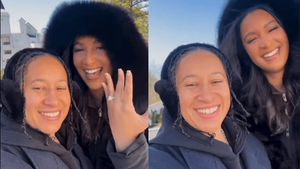



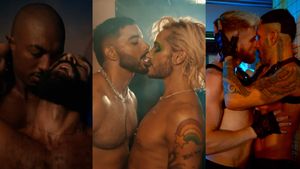








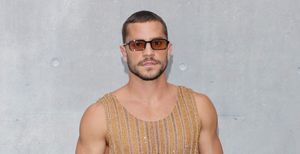
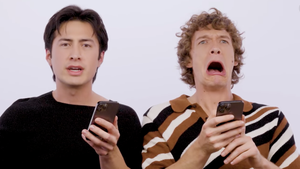

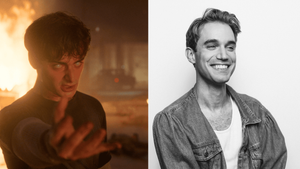

Charlie Kirk DID say stoning gay people was the 'perfect law' — and these other heinous quotes